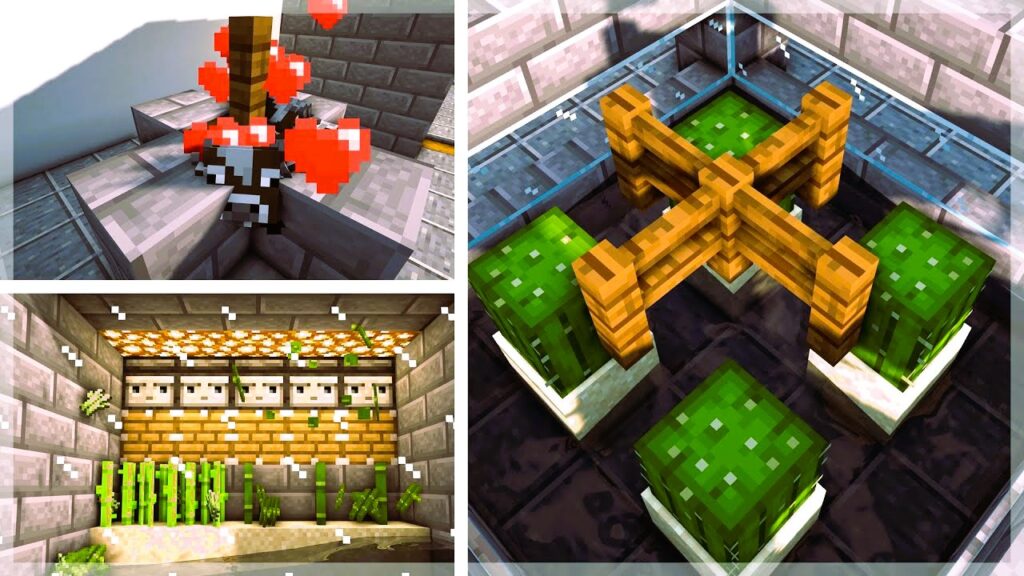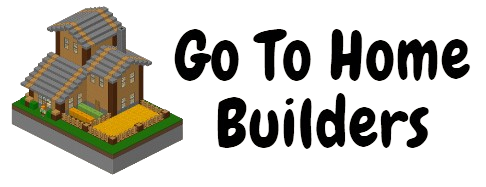In the vast and dynamic world of Minecraft, building structures that serve a functional purpose is essential for survival and success. Whether you’re looking to establish sustainable food sources, streamline resource gathering, or organize your inventory more efficiently, designing farms, workshops, and storage systems that are both functional and efficient is key. In this article, we’ll explore the principles of building for functionality in Minecraft and discuss techniques for designing farms, workshops, and storage systems that meet your needs and enhance your gameplay experience.
The Importance of Functionality
In Minecraft, functionality is paramount. While aesthetic appeal is undoubtedly important, buildings that serve a practical purpose can significantly impact your ability to thrive in the game world. Farms provide a renewable source of food and resources, workshops allow for crafting and refining materials, and storage systems keep your inventory organized and accessible. By prioritizing functionality in your builds, you can streamline your gameplay experience and focus on exploring, building, and surviving.
Designing Functional Farms
Farms are an essential component of any Minecraft base, providing a renewable source of food, materials, and resources. When designing farms, it’s essential to consider factors such as efficiency, scalability, and sustainability. Here are some tips for designing functional farms:
- Crop Farms: Design crop farms with efficiency in mind, grouping similar crops together and using water channels or hoppers to collect and transport harvested crops. Consider automating planting and harvesting processes using redstone mechanisms or villagers.
- Animal Farms: Build animal farms with adequate space for breeding and housing animals, incorporating features such as feeding troughs, water sources, and automatic breeding systems. Utilize fences or walls to contain animals and prevent them from escaping.
- Automated Farms: Consider building automated farms for crops such as wheat, carrots, potatoes, and sugarcane, using redstone contraptions to automate planting, harvesting, and collection processes. Experiment with designs and configurations to maximize efficiency and productivity.
Creating Efficient Workshops
Workshops are central hubs for crafting, smelting, enchanting, and other essential tasks in Minecraft. When designing workshops, it’s crucial to optimize space usage, organization, and accessibility. Here are some strategies for creating efficient workshops:

- Layout: Design workshops with a logical and intuitive layout, grouping similar crafting stations and workbenches together for easy access and workflow. Consider incorporating designated areas for specific tasks, such as enchanting, brewing, and repairing.
- Organization: Organize workshop spaces efficiently using chests, barrels, and storage containers to store materials, tools, and resources. Label containers and utilize sorting systems to keep inventory organized and easily accessible.
- Automation: Explore automation options for smelting, crafting, and other repetitive tasks using redstone contraptions, minecart systems, or villagers. Automate processes such as ore smelting, potion brewing, and item sorting to save time and resources. Read our article about recreating historical buildings in Minecraft.
Efficient Storage Systems
Storage systems are essential for organizing and managing your inventory in Minecraft. When designing storage systems, it’s crucial to balance capacity, accessibility, and aesthetics. Here are some techniques for creating efficient storage systems:
- Modular Design: Design storage systems with a modular and scalable structure, allowing for easy expansion as your inventory grows. Use consistent block palettes and design motifs to create a cohesive aesthetic throughout the storage area.
- Categorization: Organize storage systems by category, grouping similar items together and labeling containers for easy identification. Utilize signs, item frames, or colored blocks to differentiate between different types of storage.
- Accessibility: Ensure that storage systems are easily accessible from key areas such as workshops, farms, and living quarters. Use minecart systems, water elevators, or ender chests to facilitate item transportation and retrieval.
Conclusion
Building for functionality in Minecraft is essential for survival, success, and overall enjoyment of the game. By prioritizing functionality in your builds and designing farms, workshops, and storage systems that meet your needs, you can streamline your gameplay experience and focus on exploring, building, and thriving in the dynamic world of Minecraft.
For more tips and techniques on building for functionality in Minecraft, check out reputable sources like IGN.
So pick up your pickaxe and get building – the world of functional and efficient Minecraft structures awaits!
